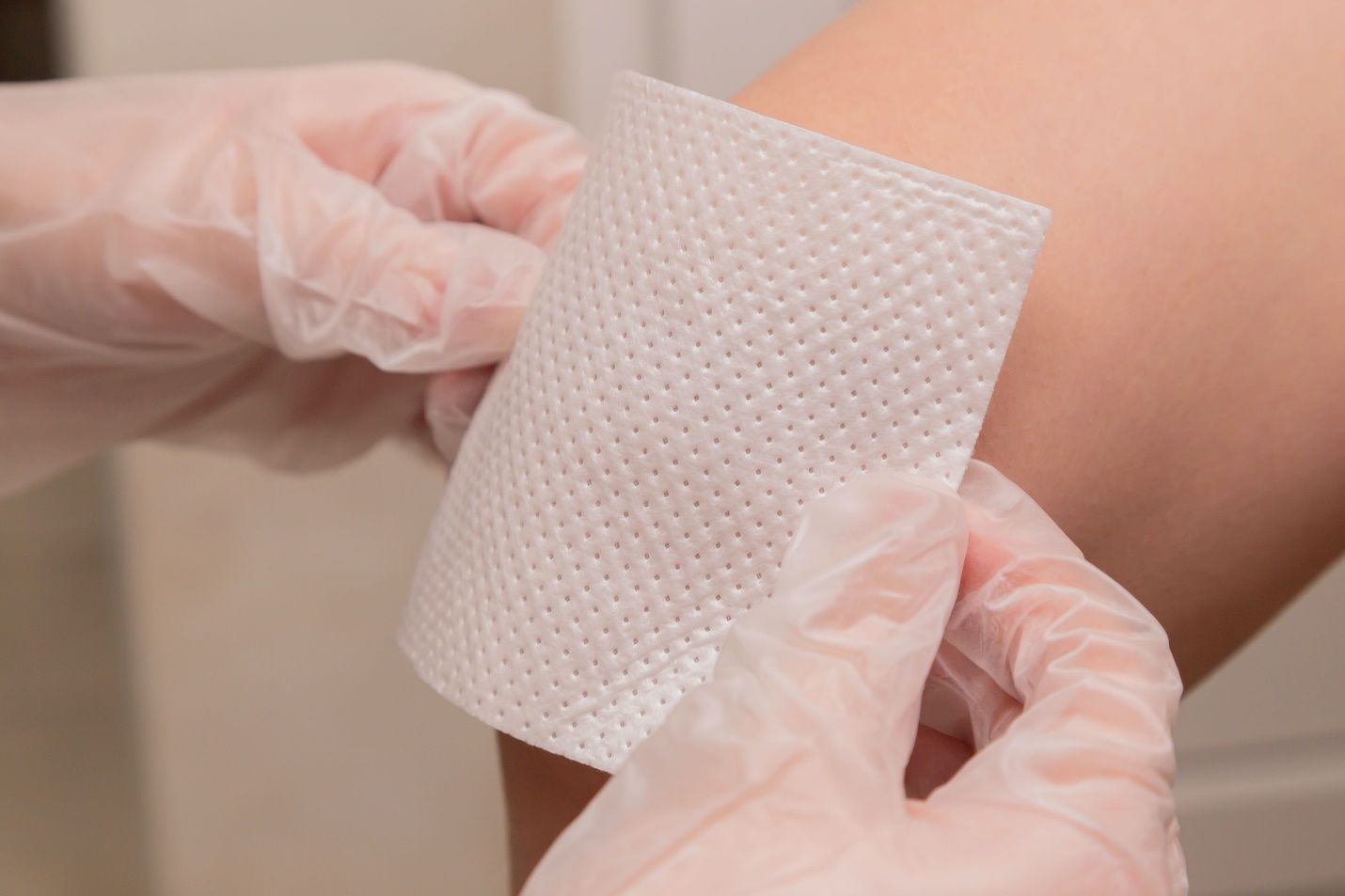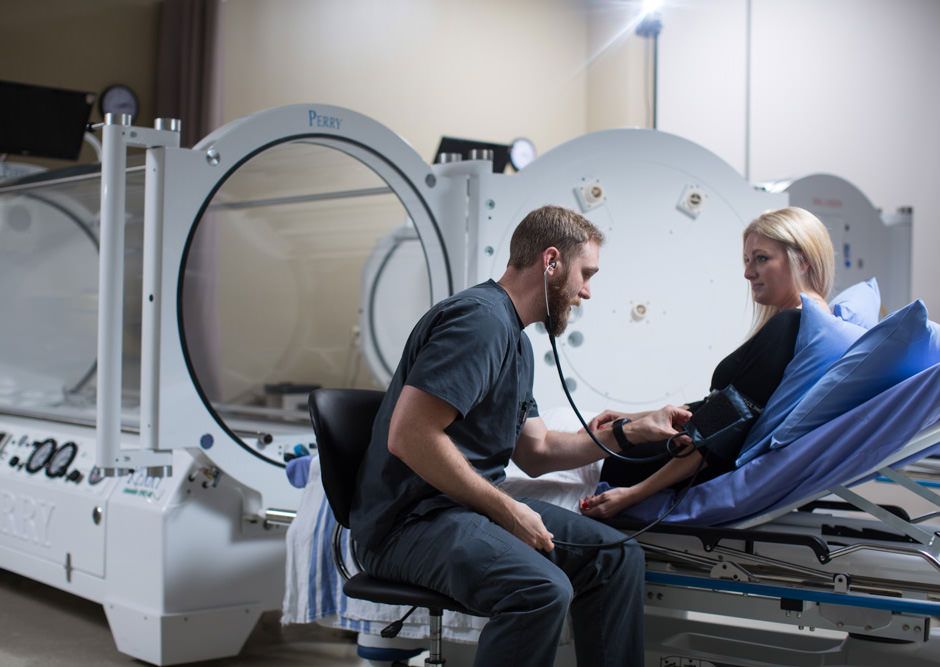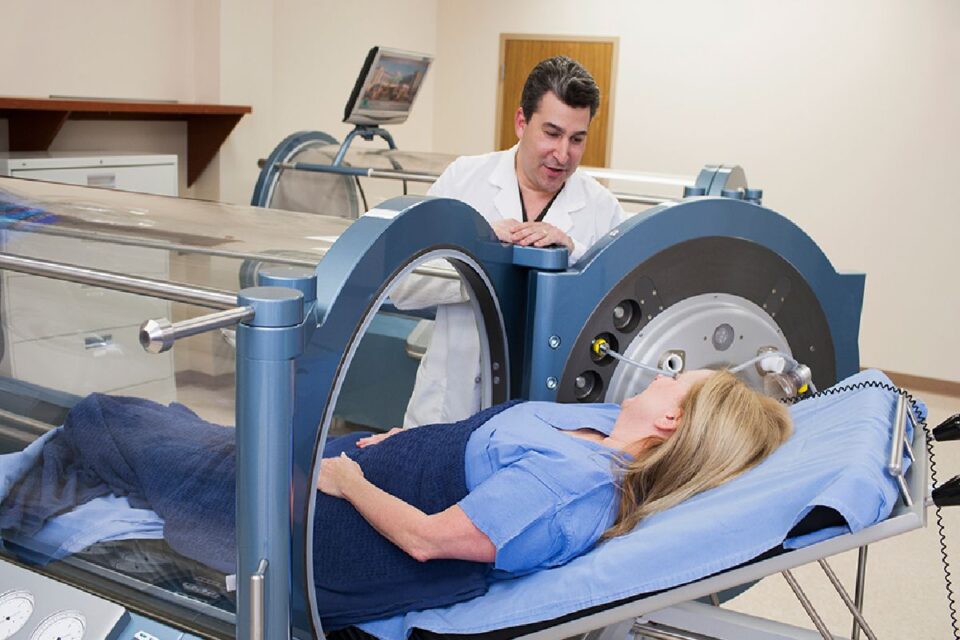If you have difficulty getting a wound to heal, consider hyperbaric oxygen treatment. Hyperbaric chamber treatment, or HBOT, is a type of therapy that exposes your entire body to pure oxygen. A variety of wounds can be treated with HBOT, and you may even experience a faster recovery time.
Table of Contents
 What is Hyperbaric Chamber Treatment Like
What is Hyperbaric Chamber Treatment Like
Before you begin hyperbaric oxygen therapy, you will change into clothing made from 100% cotton. Most facilities will provide you with a hospital gown, medical scrubs, or other approved clothing.
After you have changed into the approved clothing, you will enter the treatment area. Treatment will take place in an individual chamber, mono chamber, or multi-chamber. The mono chamber fits one person at a time. A multi-chamber can treat two or more people at the same time. When inside the chamber, you are able to sit or lie on the treatment table.
During the treatment session, do your best to relax and breathe normally. The chamber will pressurize and fill with pure oxygen. Treatment sessions last for 60 to 120 minutes. While you are in the chamber, your body will absorb the oxygen and carry it throughout your body.
The feeling of being in the pressurized chamber is often compared to being inside an airplane during takeoff. There will be a technician available to speak to on the outside of the chamber throughout the duration of the treatment.
When the session is over, you will exit the chamber and change back into your clothes. You may experience a few mild side effects following the session. The most common side effects include headaches and fatigue. Some treatment plans will require multiple sessions. The treating doctor determines the number of sessions and how your body responds to the treatment.

Types of Wounds
The FDA has approved hyperbaric treatment for various diseases and conditions. Treatment of difficult to heal wounds due to diabetes are among one treatable condition.
A wound is a type of damage where the body’s skin or other tissues tear, rip, or break. Wounds include simple scrapes and scratches, but they can be more severe, too. Types of wounds treated with HBOT include burns, crush injuries, diabetic ulcers, wounds that result in skin grafts, and more.
Wound Healing
HBOT improves wound healing in four ways. The four main ways that HBOT improves wound healing include:
- an increase in the body’s oxygen
- reduced swelling
- new blood vessel growth
- decrease in harmful bacteria
Increase of Oxygen
When you receive HBOT, your body will be exposed to pure oxygen. When the oxygen is absorbed into the bloodstream, it will be taken to the oxygen-deprived parts of the body. The increase of oxygen will encourage new vessel and tissue growth. Swelling will decrease, too.
Prevent Further Damage Upon Oxygen Return
When the body’s blood supply returns to a damaged part of the body, more damage can occur. With HBOT, there is a lower chance that the tissues will be further damaged when the blood flow returns to the damaged tissue. HBOT promotes healing and proper blood flow.
Decrease Harmful Bacteria
The added oxygen present due to the therapy will slow down or even stop the growth of harmful bacteria. Anaerobic bacteria will grow when oxygen is not readily available. With the increase of oxygen during HBOT, the harmful bacteria will die off.
Promotes New Growth
HBOT promotes the growth of new blood cells and tissue. The production of healthy blood cells will decrease the harmful bacteria. An increase of new blood cells will allow new blood vessels to form and new, healthy tissue to grow. These new cells will promote the healing of damaged tissue so that new, healthy tissue can take its place.
Choose Hyperbaric Chamber Treatment for Wound Healing
Do you have a slow-healing wound or injury? If so, you should consider hyperbaric chamber treatment. You can reduce the time it takes your body to heal, promote new cell and tissue growth, and decrease harmful bacteria in your wound through the use of HBOT.
Also Read:

